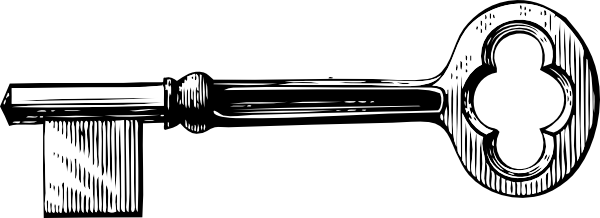DID YOU KNOW THAT
YOU
CAN LEARN PHYSICS
WHILE
PLAYING BASKETBALL?

This
is about the science involved in
IMPARTING
BACKSPIN!
---------
It
looks at the following question:
“I
don't want the basketball to bounce off the rim.
How
do I get the ball to stay there and drop into the basket?”
-------
GATEWAY
TO SCIENCE:
SPORTS
AND GAMES
INSIDE LEFT
Listen
to what a famous Boston Celtics coach said about this:

Fingertips
help to impart backspin, which makes the shot softer.
A ball that
strikes the rim and then stops has good backspin.
Red
Auerbach
_____________
-- A
shot from the fingertips is launched with backspin! --
What
happens without backspin?
When
you use the flat of your hand to throw the ball and the ball hits
the rim,
there will be some friction.
This
collision robs the ball of some of its energy. It will slow it down.
However,
the ball still has enough energy to keep it moving –
and it can
bounce right off the rim of the basket!
INSIDE CENTER
WHAT'S
THE SCIENCE BEHIND BACKSPIN?
▪ In addition to
traveling through the air, the ball is spinning,
or rotating on its axis.
or rotating on its axis.
▪ With spin, the bottom of the ball moves faster.
▪ When the bottom of the ball hits the rim fast, this collision will cause
enough friction so that the ball loses more energy.
▪ This slows the ball down, keeps it where you want it –
so that gravity can finish the job!

INSIDE RIGHT
WHAT
WORDS WILL HELP ME TO UNDERSTAND THE SCIENCE SO THAT I CAN PLAY
BETTER BASKETBALL?
∫∫∫
ENERGY...Energy
causes things to happen.
The source can be solar, motion,
biomechanical, electrical, to name a few.
AXIS OF
ROTATION...Just as Earth spins around on its axis of rotation,
a
basketball with backspin also spins on its axis of rotation.
COLLISION...Two
surfaces come in contact with each other.
FRICTION...When two
surfaces meet, friction is produced.
Friction slows things down.
_______________________________________________________
OUTSIDE LEFT
Sports
and games are the gateway to science,
and
YOU hold the key!

OUTSIDE CENTER (back of the leaflet)
The
science of basketball...
is
just one of endless ways to gain an understanding of physics and
geometry.
I hope this leaflet introduces you to seeing things you never saw before – or wondered about but just didn't know where to start.
Physics
and geometry come into play in every activity and event going on
around us.
Knowing
how things work can add to your performance and to your
fun. So give it a try. How?
|
The OUTSIDE RIGHT is found at the top (the cover)